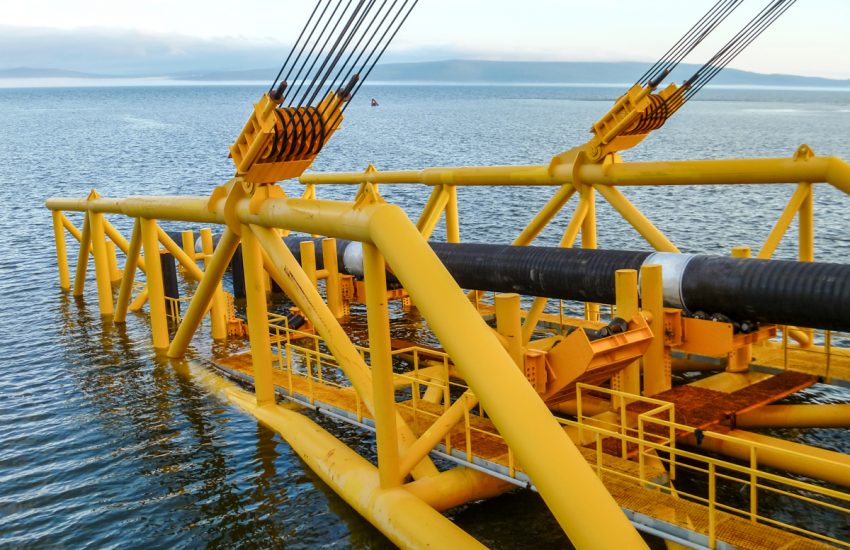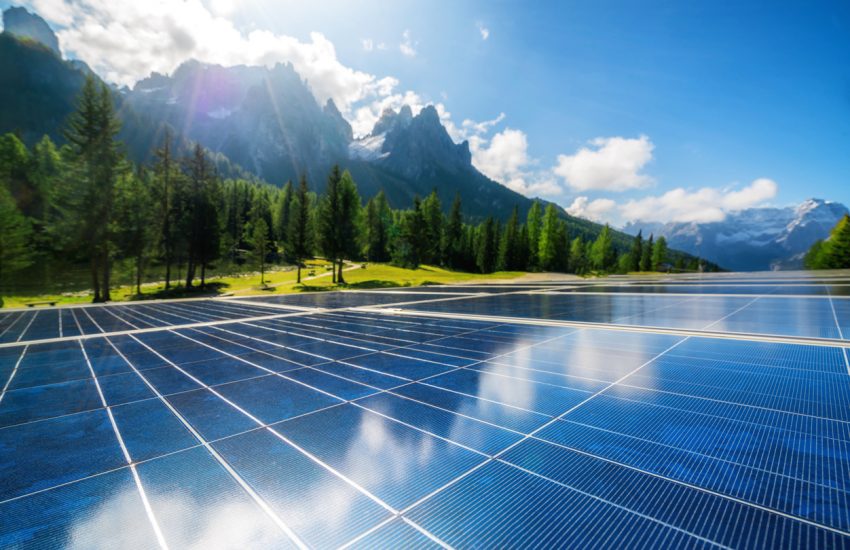The legendary singer/songwriter Sam Cooke may have intended for his 1964 anthem, “A Change is Gonna Come,” to be a protest song to surreptitiously fuel the civil rights movement and its pursuit of social justice, but little did he know the soulful R&B melody may realize its revival in the Biden administration as the U.S. Environmental Agency’s (EPA’s) new battle cry for environmental justice.
The EPA defines environmental justice (EJ) academically as “the fair treatment and meaningful involvement of all people, regardless of race, color, national origin, …
Continue Reading









